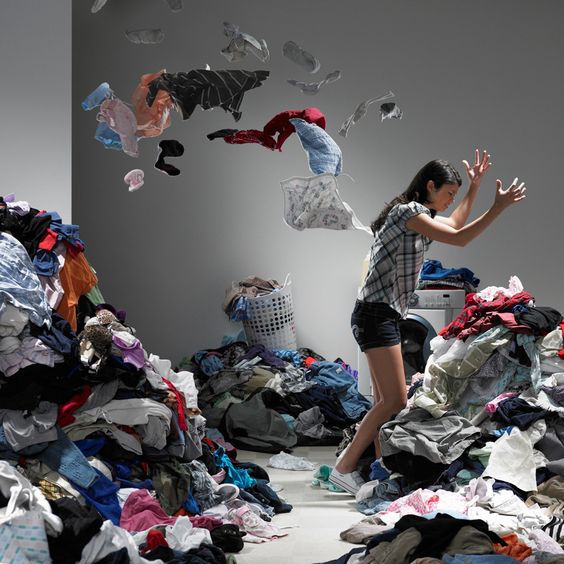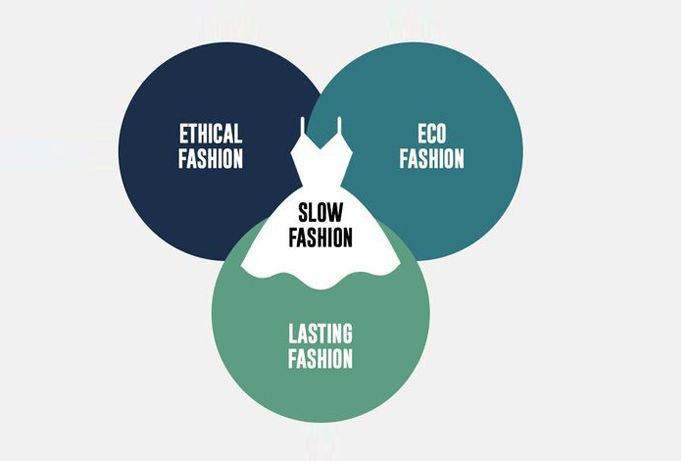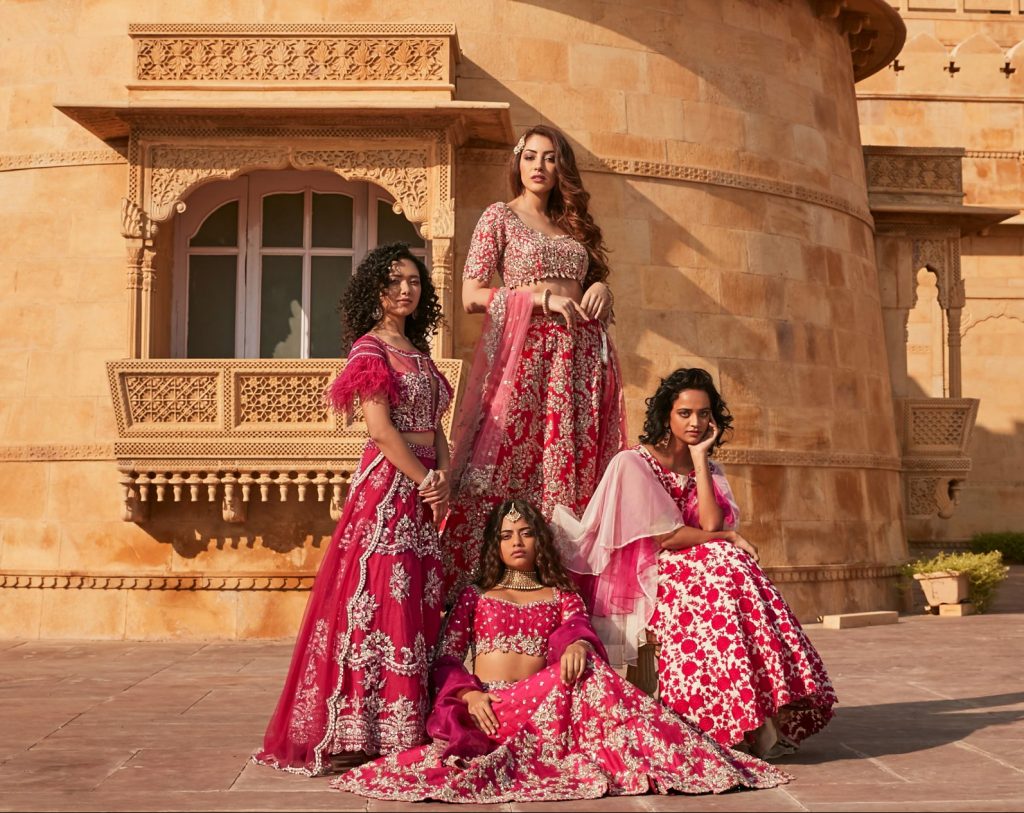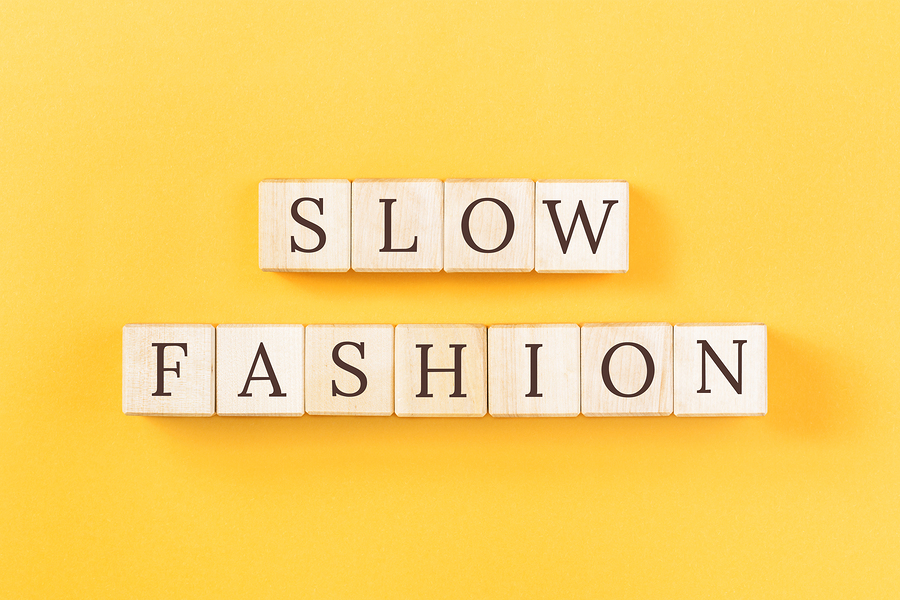How many of us are guilty of impulsive shopping to keep up with new trends on a regular basis?
The constant need to stay updated regarding new releases which eventually leads to desperate attempts for purchasing an item before it sells out is one of the distinct signs that an individual is part of this obsessive trend. While it is good to be aware of product launches, it is important for us to realise that we do not need to have it all. We end up spending a huge portion of our disposable income on things that we do not necessarily need but believe them to be essentials in the fashion scenario.

Image source : Pinterest
The thought in question here is beyond one’s reasoning in terms of affordability. Replacing old clothes and accessories by referring to them as “not fashionable” gives us a genuine reason to shop more.
While the allure of fast fashion reached its peak a given instance, the ripple effect caused by this behaviour has seen an emergence in the concept of slow fashion.
The biggest irony lies in the fact that an incessant need to stay fashion forward leads to one being a part of the general mix and not really stand out. It is almost funny how this contradicts the trendsetting nature of fast fashion. While enough has been discussed about fast fashion, let us take a minute to understand the true representation of slow fashion. It is certainly not just an antonym used in opposition against its predecessor.
“Slow fashion is a more nurturing trend that allows us to build a relationship with our wardrobe constituents and is in alignment with sustainable and ethical practices.”

Image Source : Pinterest
It encourages us to adopt a more minimalistic approach towards fashion that is equally beneficial to our planet. As we get rid of our clothes, we rarely pause to think as to where do they go and what happens to them. We may not even realise how significantly we contribute towards the growing landfill and global carbon emissions due to continuous mass production by brands. After all if there is a demand, it will also lead to supply. As long as we do not protest, brands will not make any changes to their existing supply chains.
Slow fashion embodies a holistic vision with respect to fashion. Instead of chasing trends, we learn to sustain styles by being creative and versatile with our choices.
Quality is given precedence with respect to the fabrics used or production methods incorporated to ensure the longevity of a product as well as lowered risk towards environment. Of course, this leads to a tad heavier price tag which seems less appealing in comparison to the trendy and budget friendly options offered by the world of fast fashion. While it is understandable that this cannot be a lifestyle choice for everyone, one can still lend a hand by practicing the same to the best of their ability.

Date The Ramp collection
In this social media era, we can educate ourselves in different ways to be a significant part of the slow fashion trend. We can seek inspiration from capsule wardrobes which challenges us to come up with unique styles using our minimal staples. The memory driven options also creates an eternal association that we always hold on to and continue integrating in our everyday fashion space.
The recent upsurge in rental industry presents one with the opportunity to share their distinctive style selections with other like-minded or experimental individuals.
Date the Ramp is one such fashion platform that promotes sustainability by introducing the rental feature exclusively for designer wear enthusiasts.
The world of fashion is accommodating and not limited to one’s stereotypical claims. This allows us as individuals to dictate the fashion trends rather than just blindly be a part of an incredibly crowded mix.
What is your take on the rising trend in slow fashion? Are you still team fast fashion or have you switched sides too? Drop your thoughts in the comment section below!


Published by